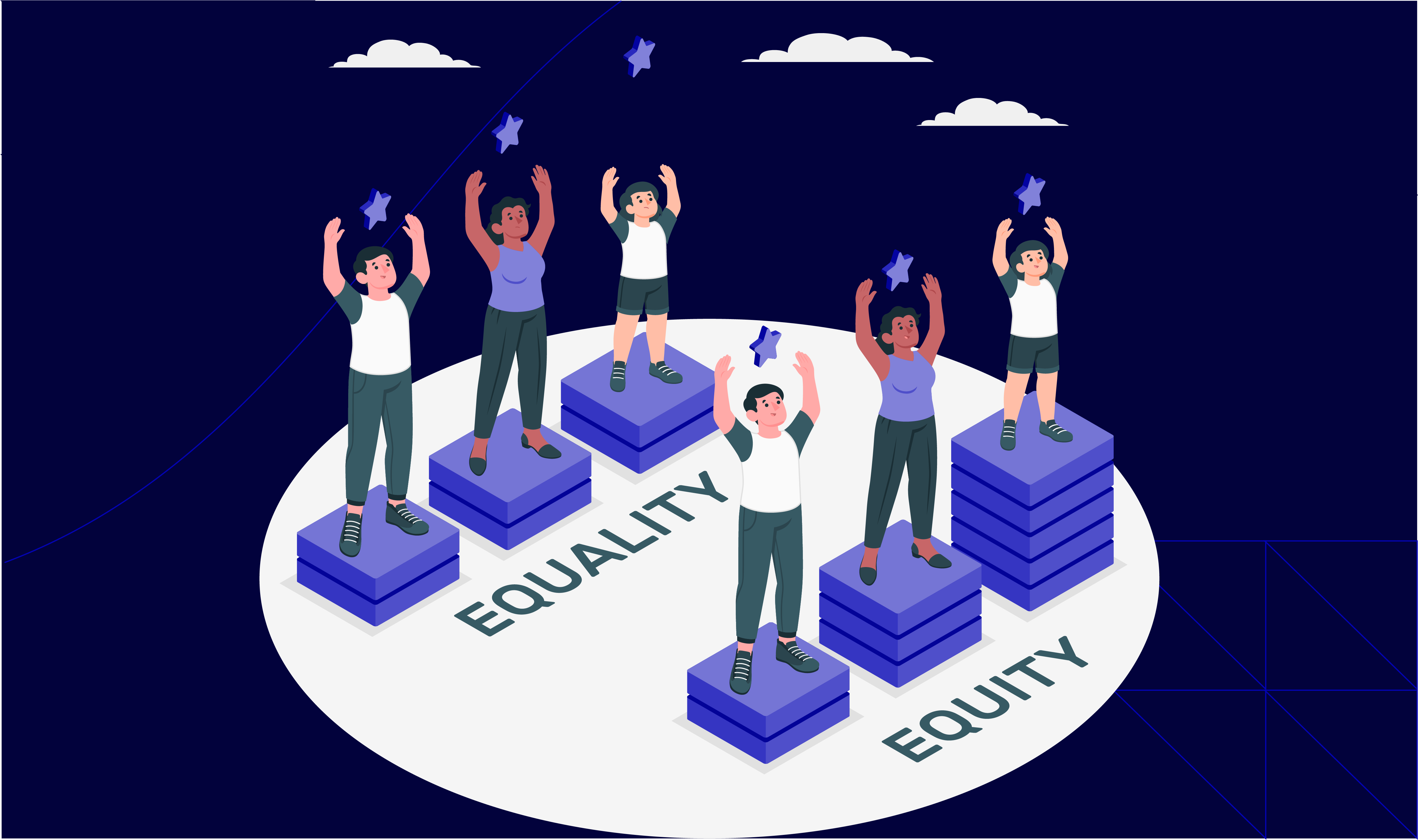In today’s fast-paced world of technology, driven by technology and customer experience transformation, businesses evolve drastically in a rapidly changing world. The significance of building a high-performance culture is increasingly having an impact on an organizational culture as a catalyst for the enhancement of business performance, which is more important than ever. For CEO’s, business owners, and senior executives striving for growth, innovation and a competitive edge, the stakes are high. It is critical to understand the direct link between a vibrant work environment and the bottom line, especially when building a high-performance culture and adopting new technologies.
For CX and Customer Support leaders in consumer and D2C brands across the US, UK & Australia, cultivating a high-performance culture isn’t just about operational excellence, it’s about enabling teams to own outcomes, innovate faster and deliver consistent customer satisfaction.
A strong workplace culture that champions transparency, inclusivity and collaboration not only boosts employee morale but also transfers into tangible benefits like business outcomes such as conversions, increased profits, and high sales rates.
Let’s break down some strategies for creating a high-performance culture among employees to develop a high performance organizational culture.
Table of Contents:
- Introduction
- What is a high-performance organization culture
- 5 strategies for creating a high-performance culture
- Key Takeaways
- Final Thoughts
- Frequently Asked Questions
What is a high-performance Culture?

Wondering what a high-performance organization culture is, and how this can be achieved?
The organization’s culture is summed up by the core values, business goals and many other collective practices that shape the working environment. Think of your organization or company’s unique personality, a framework that drives engagement, productivity and accountability. In this process of empowering employees, one can find clear expectations, strong leadership, continuous feedback, and a focus on both individual and team performance.
Creating a high-performance work environment is not just a buzzword, it’s all about being a game changer for the businesses that survive in the competitive marketplace.
Atidiv’s leadership approach is built on these very principles: enabling teams to perform at scale through ownership, collaboration and data-backed decision-making. In fact, Atidiv helped a global client achieve 80% time savings, 50% cost reduction and 99% accuracy in delivery—see how.
5 Strategies in creating a high-performance culture:
Here are 5 important strategies that help in creating a high-performance culture which are not just theoretical but practical actions that leaders can take to initiate meaningful change, making your business or organization a better place in terms of productivity and profitability in your industry.
Emphasize Open and Effective Communication:
The thumb rule for any strong organizational culture is to have transparency with open and effective communication. Open communication fosters psychological safety, promotes collaboration and enables faster problem-solving. It acts as a bridge that connects diverse minds in fostering a sense of belonging and understanding among team members. By prioritizing transparency and clear communication, leaders can create space for honest and meaningful feedback. Creating a workspace that is free from distractions, encouraging questions, ideas, and concerns that should be freely expressed without fear of judgment can be a key in nurturing this culture.
Atidiv’s distributed CX teams operate on a similar model, leveraging real-time communication tools and feedback loops to sustain 98%+ QA scores across global projects (learn more).
Invest in Leadership Development:
Leadership qualities have a direct impact on every aspect of organizational culture and effective leaders model the values, vision and accountability through their actions and decisions. Investing in leadership programs and training can help your employees be more empathetic, adaptive, and effective in managing diverse teams. Programs focusing on leadership quality enhancements like emotional intelligence, conflict resolution, and strategic decision making can facilitate leaders with the skills necessary to overcome the complexities of today’s work environment. Continuous leadership development is vital for CX and Customer Experience teams that navigate complex client interactions daily.
Atidiv’s client engagement leaders, for example, use structured leadership coaching to maintain consistency across teams, helping one client save $450K annually through improved workforce management and communication efficiency—read the case study.
Embrace and Drive Change Through Technology:
Change is something that is constantly evolving in every field, where innovation keeps growing for the betterment of the organization or any business. Innovation is not just about bringing up new technologies, new products, or services, but it’s all about leveraging technology to foster a culture of continuous improvement. This proactive approach can make sure that improvements are not occasional but part of an ongoing process towards excellence. Integrating technology strategically across operations enhances agility, reduces manual dependency and fosters a mindset of continuous improvement.
Atidiv’s AI-empowered process optimization has delivered over 95% quality assurance for enterprise clients while improving response time and scalability.
Prioritize Employment Engagement and Well-being:
Prioritizing employment engagement and employees well-being is said to be a major factor that impacts the performance and productivity of the organization. Happy, healthy employees are 20% more productive and significantly more loyal to their organizations. It is directly linked to organizational performance. A practice and culture that fosters the values and actively promotes employees well-being helps with higher levels of engagement, lower turnover rates, and improved productivity. Alter the flexible work timings, wellness programs, and opportunities for professional growth to demonstrate your commitment to your team’s well-being. Recognizing the fundamental connection between the employee’s well-being and the organization’s overall success is essential.
Atidiv’s CX frameworks focus on agent empowerment and skill development, resulting in long-term retention and sustainable team performance.
Measure and Adjust Strategies Based on Feedback:
The only way to understand the impact of a strong workplace culture is by measuring its effectiveness of the organization’s cultural strategies. Continuous measurement through employee surveys, performance metrics and feedback helps leaders identify strengths and gaps.
Atidiv’s real-time analytics dashboards allow CX leaders to track quality, response times and customer sentiment dynamically, enabling quick decision making and continuous improvement.
Key Takeaways:

Here are a few key takeaways to remember as you move forward:
- The long-term business goals should align with the organizational business goals to focus on organizational development. This helps in enhancing engagement and fostering a positive work culture for sustained success.
- Employee feedback is essential for continuous improvement and driving innovation that aligns with current trends. This ensures organizational development initiatives align with strategic objectives.
- Effective leadership is critical for cultural transformation, as it sets the tone for the company and significantly influences employee engagement and morale.
- Recognize that building a high performance culture is a journey and not a destination.
Final Thoughts:
In summary, organizational development is more dependent on building an effective team culture. Creating a high-performance organization culture seems to be a journey but it is not a destination. Setting meaningful goals, enhancing employee engagement, cultivating feedback, building trust, and aligning purposes can serve as exceptional groundwork for the desired outcome. The desired outcome is not about perfection, but can be achieved with continuous improvement. Track your progress, measure your success, celebrate the win and be ready to adapt. Leaders who empower their teams, reward ownership and embrace innovation build organizations that adapt faster and perform better.
At AtiDiv, our customer experience solutions are built on a culture of ownership, continuous growth and performance excellence. We empower teams to set ambitious goals, track progress in real time and take responsibility for closing the gap between current performance and future aspirations, in terms of both outcome and how they work. This mindset drives exceptional service delivery and long-term client satisfaction.
FAQs On Creating A High-Performance Culture
1. What is a high-performance work environment , and why is it important?
Organizational development is the process of aligning with proper strategies, techniques, methods, culture, processes, and practices to keep it effective and improve efficiency to improve long-term success. All these practices are vital to foster a positive work environment, enhancing employee engagement and driving overall business success.
2. What are some of the effective strategies for improving employee engagement?
To improve employee engagement, focus on implementing performance management systems, promoting autonomy, recognizing achievements, and fostering strong co-worker relationships. These strategies create a more motivated, productive, and connected workplace.
3. What can organizations do to achieve a high-level performance culture?
Some of the effective techniques to create a high-level performance culture include employee recognition, a consistent high-performance management model, and work-life balance initiatives. By providing employees with a learning environment and establishing a worthy organizational purpose, organizations can achieve a high-level performance culture.
4. How can organizations manage change effectively?
To manage change effectively, organizations can adopt a strategic technique that includes appointing a change champion, minimizing resistance, setting short-term goals, ensuring transparency and communication throughout the process. This will help facilitate a smoother transition and increase buy-in from all stakeholders. Structured change management backed by analytics minimizes resistance and accelerates adoption.

